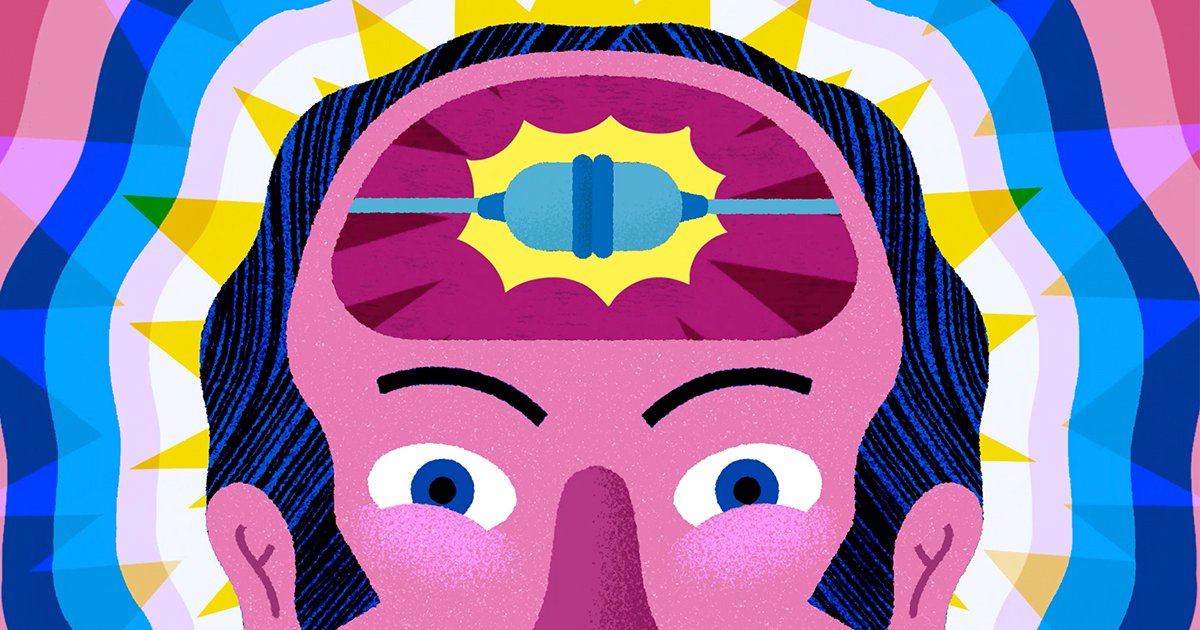A few days after the initial experiment, the team tested participants’ memory and showed them more photos of Mooney online, some of which they had seen before. Participants were better able to remember previous images that they rated higher on three aspects of insight. This showed that the insight-memory benefit was real, but the team wanted to see what was going on under the hood. Did brain activity during insight predict better memory five days later?
The researchers found that the greater the increase in activity in both the vOC and hippocampus during initial insight, the better the participants remembered Mooney’s images. The larger change in brain activity probably makes the experience more significant, Baker said, and major experiences are known to better encode long-term memories.
While insight creates stronger memories of an idea, it does not mean that the idea is correct. Previous work has shown that the faster, more certain and more pleasant the solution seems, the more likely it is to be correct – but false insights can and do exist. In Baker’s study, participants misidentified the subjects of more than half of the Mooney images they saw. Of those incorrect trials (which the researchers excluded from the analysis), participants reported experiencing insights 40% of the time. In comparison, correct trials were accompanied by feelings of insight in 65% of the cases.
These types of studies of insight in the lab will prepare researchers to see how it works in the real world. Once we decompose insights “into very simple tasks that we already understand well,” Baker said, we can “move on to more complex, really creative tasks.”
insight into the future
As a self-described non-creative person, Yu is particularly fascinated by the role of insight in the creative process. Creativity, he said, is “like a magical power.” “Really a great creative idea [often] Linked to insight because a creative idea is in some way a leap into your cognitive world, and a leap will often produce an insight or ‘aha’ feeling.
However, Yu finds that the role of insight in creativity may depend on the type of problem a person is solving. In a recent study, they asked participants to come up with metaphors for scientific concepts and asked whether they used insight while doing so. They found that insight-driven metaphors were no more or less creative than metaphors created through analytical thinking – and participants were more likely to remember the science concepts behind the latter.
This may be because, unlike the task of seeing a hidden object in a Mooney image, creating a metaphor depends on slow cognitive problem-solving rather than sudden moments of insight, Baker suggested. So the impact of insight probably depends on the context.
Next, Yu wants to examine the insights in more contexts. “Most insight research is looking at insight in the context of problem-solving and in a laboratory setting,” Yu said. He hopes researchers will “begin investigating the insights in many other areas, such as in psychotherapy, in meditation, even in psychedelic experiences.”
In addition to providing a better understanding of how the human brain learns, these findings may also have applications in classrooms. Kounios believes that implementing insight-enhancing strategies into teaching can lead to better learning outcomes for students. Insight appears to be a powerful and positive experience that produces accurate solutions, confidence in our answers, and strong memories.
“It’s very hard for a teacher to do that, but a lot of good teachers try to teach students how something works, and that will burn it into their memories,” Kounios said. “The other side of that [is]It is also very motivating.”
It’s a good feeling when your brain suddenly comes up with an answer. Perhaps you too have experienced that feeling after reading the first sentence of this excerpt. Maybe it hits you too Apple On the head.
